Home-to-School Literacy Project: Increasing family literacy with bilingual resources
Mrs. Nicole Jones and Dr. Brendon Thiry, Martin City K-8 & Butcher-Greene Elementary, Grandview, MO
Introduction
Family literacy activities are essential for student academic success in school. The Home-School Literacy Project equips students and parents with bilingual activities, books, and resources to support their literacy skills. Families participate in a literacy night to share their own experiences and learn more ways they can support their children at home. They learn how to listen to bilingual books at home using PENpals electronic readers. Thematic units of instruction and authentic lessons are created with the books so that newcomers (brand new to the U.S.) and emergent English learners (ELs) can actively participate in classroom activities.
This project and purchased materials help support two different schools. The schools serve ELs with highly diverse needs. At one school, the ELs are older and have been learning English since Kindergarten but are still emerging readers. At the other school, the students are slightly younger and are newcomers. The literacy activities and parent-engagement nights look different for each group, but the end goal is the same—to support all students and their families.
Step-by-Step Plan
- Families participate in a literacy engagement event to help them feel welcomed and establish a relationship with teachers. The ELD teachers share some of the free available bilingual resources.
- Send families a literacy needs survey (translated) to determine what resources they have at home and might need.
- Purchase Language Lizard bilingual books and text-to-voice PENpals. Download the audio from each book onto pens. Download, modify, and translate the free teaching resources that come with most of the purchased books (from Language Lizard website) so that families can do literacy activities at home. Find and create adapted materials (Teachers-Pay-Teacher and Twinkl) for books that don’t include free teaching resources.
- Teach students how to use the electronic pens. Allow them to check out a book and pen before a potential snow day. In the future, ELD teachers will pass out literacy activities that accompany the books throughout the year.
- Invite families to two literacy nights to identify what literacy skills they already have and leverage those funds of knowledge as we model foundational reading discussion questions and activities that they can do at home with the bilingual books. They will also learn how to use the PENpals so they can check out their first book.
- Design and implement bilingual thematic units of instruction to use with all students. This is a work in progress, as we are continually receiving new books (and more pens) from donors! We found tons of bilingual books on the website First Book and at our schools’ Scholastic Book Fair as well.
Timeline
- November - Parent Engagement Night & Literacy Needs Survey
- December - Purchase Materials from Language Lizard https://www.languagelizard.com/
- January - Introduce bilingual books and complete in-class activities that build literacy skills. Allow students to take home a book before each snow day to get comfortable with bilingual books (discuss in class on return) Send home literacy needs survey.
- February - Send home first set of literacy activities. Host newcomer parent engagement event. Show families how to use pens and give them an opportunity to check out books.
- March - Reflect with students and give families survey rating their experience with books and literacy activities.
Budget
| Augustus and His Smile (Vietnamese-English) | ||
| Augustus and His Smile (Spanish-English) | ||
| Be Kind (Vietnamese-English) | ||
| Be Kind (Spanish-English) | ||
| Errol's Garden (Vietnamese-English) | ||
| Errol's Garden (Spanish-English) | ||
| Food, Food, Fabulous Food (Spanish-English) | ||
| Happy After All (Vietnamese-English) | ||
| Happy After All (Spanish-English) | ||
| Keeping Up with Cheetah (Spanish-English) | ||
| Keeping Up with Cheetah (Vietnamese-English) | ||
| The Three Little Sun Bears (Spanish-English) | ||
| PENpal Audio Recorder Pe & Recordable Labels (Talking Pen) | ||
| 5 PENpal Value Pack with Recordable Labels (Talking Pen) |
What did it look like?




Sustainability
These bilingual books and PENpals will be shared in Professional Development sessions across the district. Students and staff will have the opportunity to check them out for classroom use. If they are popular with staff, we hope that the school librarians will purchase more. There may be an even higher need for these materials as newcomers continue to arrive in the coming years. We plan to utilize resources from Colorín Colorado (2009) which has a vast number of resources to support families on their journey towards academic success for their children, including ”…a wealth of bilingual, research-based information, activities, and advice for educators and families of English language learners (ELLs).”
We hope to continue purchasing materials from Language Lizard because their resources include:
- Bilingual books in over 60 languages
- Bilingual book sets
- Multilingual posters
- Bilingual audio book sets
- PENpal Audio Recorder Pen
- Teaching manuals to support culturally responsive instruction
- Free multicultural lesson plans
- Blog with language & diversity-related articles and information
Reflections
The most rewarding part of this project was seeing the students’ facial expressions when we showed them bilingual books. Not only had they never held a book in two languages, but they also loved the themes. A student was particularly fond of the book Happy After All because it addressed overcoming adversity as an immigrant. She read it with her little sister and mom, who is a first-generation immigrant. The newcomers loved using the PENpals at school. It allowed them to access rich texts and complete literacy activities they might not otherwise be able to do in their classroom.
The parent event was a success! It took place in early November, so we made it a Thanksgiving-themed event. Families brought authentic dishes to share, and we provided games, arts-and-crafts, and a literacy component. Using free resources from Colorín Colorado, we discussed tips and tricks parents can use to help their children be successful in school. We shared Dolly Parton’s Imagination Library because it recently became available in Missouri!
We gave families a bilingual literacy needs survey to complete at home. Unfortunately, less families completed the surveys than we had hoped. We analyzed the results to inform how we would use our materials and future purchases. We were happy to see that some families indicated that they would like to learn reading and literacy strategies to help support their child at home. Each book is sent home with a literacy strategy bookmark and some enrichment activities. Students will have an opportunity to check out books and materials before school breaks. We are eager to get more feedback from families about their experience with this project.
Trying to schedule a parent event is difficult during the winter months. Not only are ELD teachers trying to complete ACCESS testing, but inclement weather is a huge issue. To combat these barriers, we scheduled a parent event during parent teacher conferences. This allowed parents to check in with their classroom teachers and learn some literacy strategies to use at home with their children.
A colleague recommended a simple procedure for checking out and taking home each book, PENpal, and literacy activity to minimize lost and destroyed materials. We found some very colorful tote bags that can store the items. We imagine that by the start of the next school year, we will have a fully functioning bilingual library with activities and resources, not just in English and Spanish, but also in Arabic, Vietnamese, and Dari!
We were less satisfied with the free resources that come with the books. They are great for school-based lessons but aren’t designed for most families to facilitate at home. Moving forward, they will be changed to mirror the activities adapted from TPT and Twinkl. We are most proud of the bilingual bookmarks and are excited to use them moving forward.
What did it look like?


See Examples of Winning Demonstration Projects
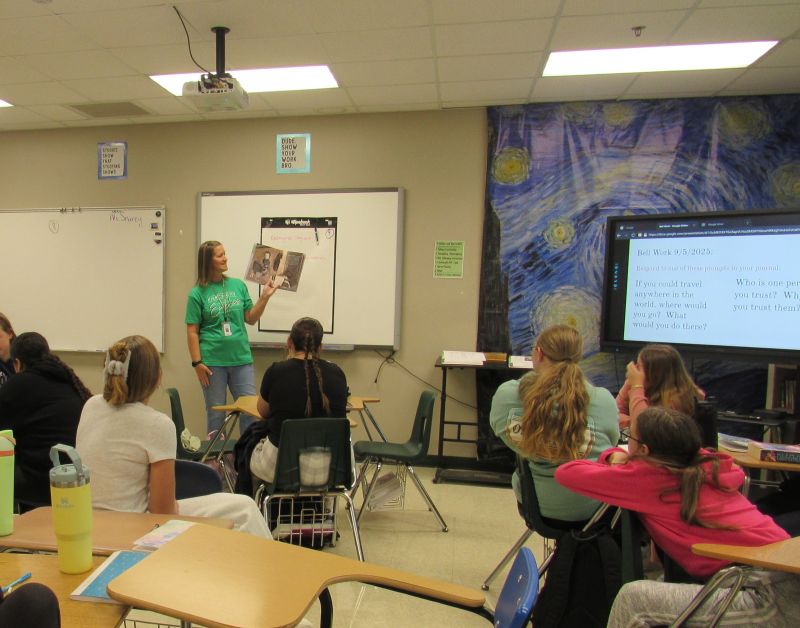
Multicultural Monday Read-Alouds
The goal of this project is to increase multiliteracy and multicultural awareness with students through select read-aloud books. Of the many excellent books available, thirty were chosen as read-alouds for sharing weekly with the class throughout the school year. For each book, I also created a mini…

Bringing Families Together:
The Monett community is home to a linguistically diverse population, with students speaking over twenty different languages or dialects. The number of families considered Newcomers, those newly arrived in the United States, is rapidly increasing in our schools. As a result, it is critical for…

Multilingual Language Games:
Many times, families do not have access to language and education-based resources. The multilingual board game lending library is designed to celebrate bilingualism and help bridge the gap between home and school. Games encourage growth in the areas of English language acquisition as well as each…

Read, Speak, Succeed: Empowering Future Global Communicators
The primary objectives of this project are twofold: to enhance literacy and language proficiency by reading Spanish-language books and materials. Given that my students are studying Spanish with the ultimate aim of effective communication, it is essential for them to excel in both understanding…

Using Bilingual Texts to Support Translanguaging for English Learners
English Learners (ELs) face unique challenges in the classroom. In order for them to access grade-level curricula in their second language (L2), educators—both English Language Development (ELD) teachers and classroom teachers—provide many types of scaffolds to support students' understanding. Some…

Reading Artwork: Using Family Dialogue to Aid Meaning-Making for English Learners
Visual literacy and peer conversations are critical components of early language learning. This project creates new interactions for English Learners (ELs) between their peers and family. First, by engaging in classroom conversations while “reading” art, followed by sending wordless…

Illuminating Diversity: A Mural to Share Stories through a Multicultural Lens
This project included a 10-Day Artists-in-Residency with Rodrigo Alvarez and Isaac Tapia. These artists worked with students in our English Language Development (ELD) Program to design and paint a 10’x40’ mural, emphasizing the cultural and linguistic diversity of Parkview students both past and…

World Fest: Showcasing Cultural and Linguistic Backgrounds
World Fest was a beautiful and successful event! The event was a vibrant celebration of cultural diversity, filled with excitement and enthusiasm. For our Creekmoor English Learners (ELs), World Fest was a wonderful opportunity to showcase their rich cultural and linguistic backgrounds. It was a…

Global Welcome: Bridging Cultures in High School
Given the community's ties to the tourism industry, Branson High School serves a student population with diverse linguistic and cultural backgrounds. This project advocates for multiliteracy through the creation of welcome banners and custom lanyard badges. By creating welcome banners for the school…

The Language Bus: Bringing Early Literacy Skills to the Community
In our community we recently had an increase in students who speak Burmese or Karen. As an Early Childhood Special Education teacher watching the referrals come through, I began to notice that home language literacy needed to be strengthened to develop age-appropriate communication skills. Many of…
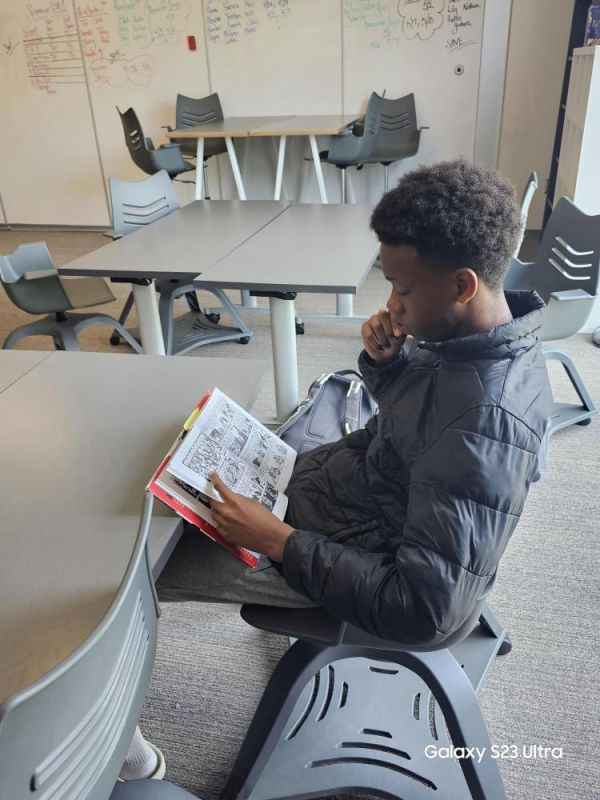
LEADing Internationally: Annual Spotlight Night to Support Learning in Any Language
LEADing Internationally emphasizes a strengths-based approach which values learning in any language (Regional Educational Laboratory Program, 2015). This project seeks to provide materials in students’ home languages (Arabic, Chinese, English, Somali & Spanish) for student project work, required…
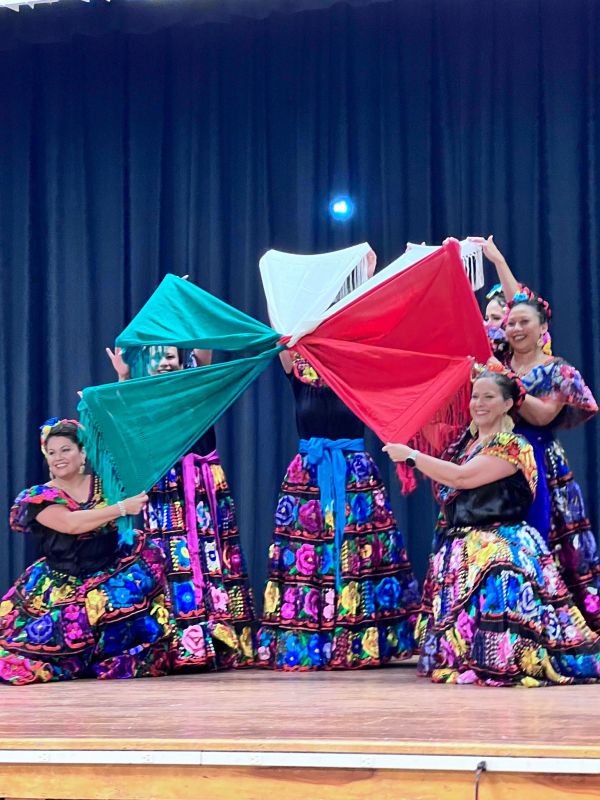
Culturally Aware Comets: Experiencing Different Cultures through Books, Food, and Games
Mark Twain Elementary has a diverse population of students and staff, many of whom come from different backgrounds. Our school's diversity needed to be celebrated and recognized. Many students come from low-income families. These students have yet to have the opportunity to travel or gain…
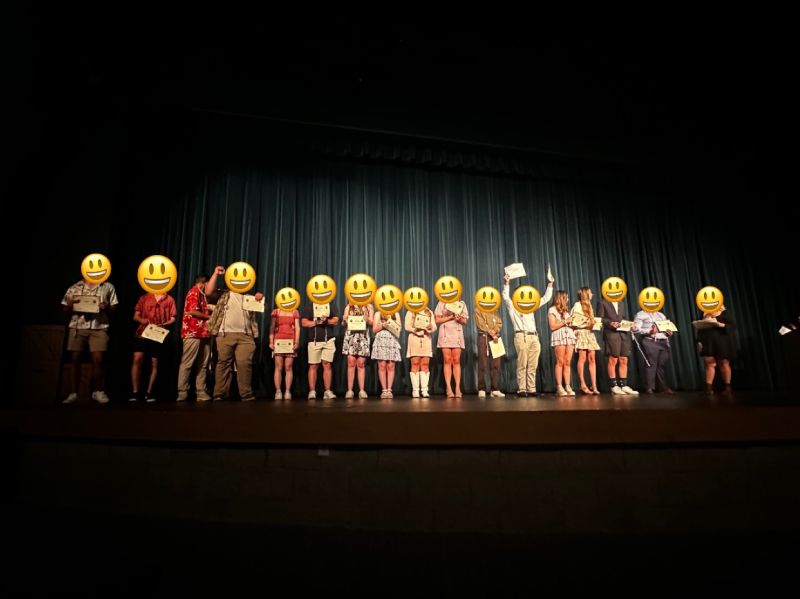
Heritage Voices: Empowering & Celebrating Biliteracy
The Heritage Voices: Empowering & Celebrating Biliteracy project aims to support heritage speakers in developing their bilingual and biliterate abilities. Given the large population of Spanish-speaking students in our district, our primary goal is to provide resources and guidance to heritage…
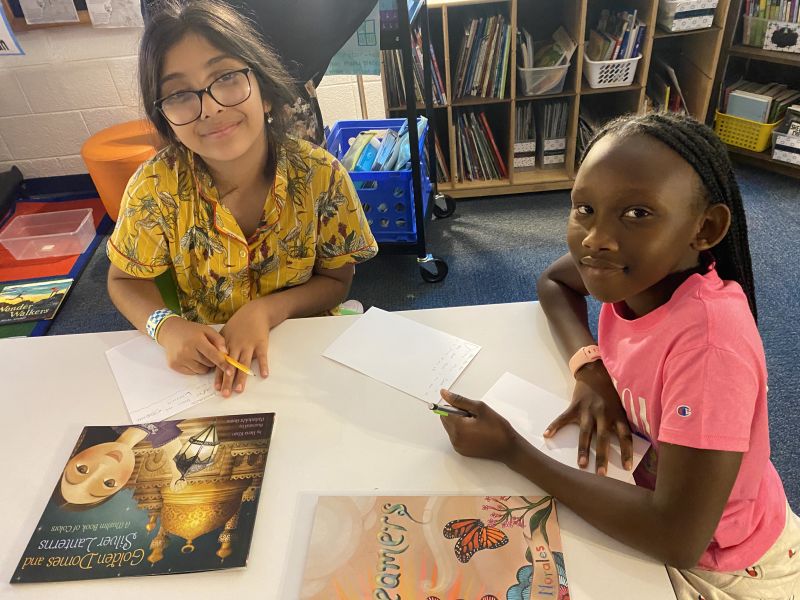
Cross-Town Pen Pals: Support Multiculturalism in Classrooms
The main objective of this pen pal project was to use diverse books representing cultures around the world to make connections with students in a different classroom in the district. Students used multicultural books to collaborate throughout two reading units that focused on theme, inferring, and…
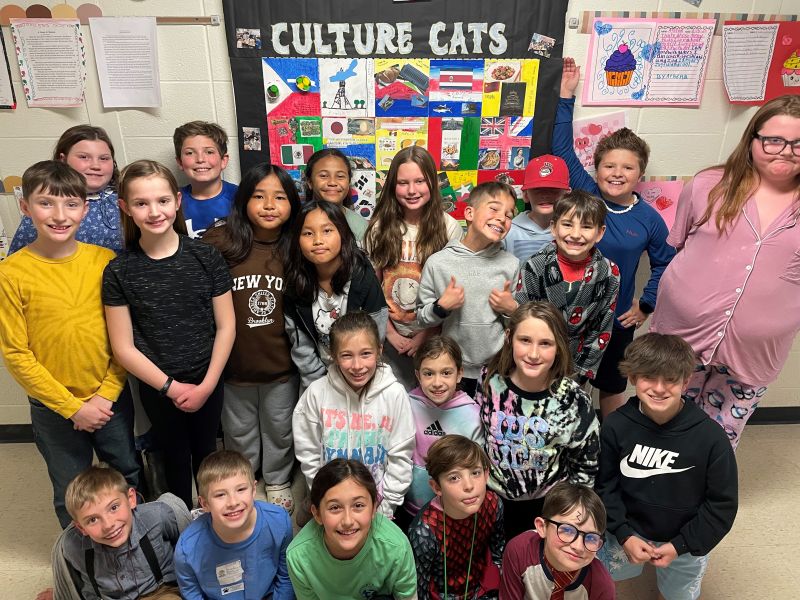
Culture Cats: Exploring Countries and Cultures
Culture Cats is an after-school club that promotes learning and exploring other countries and cultures. We are called Culture Cats because our school has many English Learners (ELs) that make up our student body and our mascot is a wildcat. We use books, guest speakers, games, crafts, and snacks to…
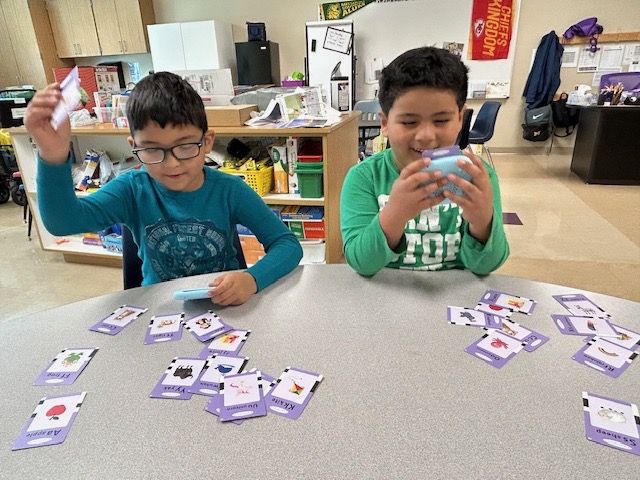
Activities for English Learners: Supporting ELs in the Classroom
The Monett School District boasts a richly diverse student body, with English Learners (ELs) representing the fastest-growing demographic nationwide, having increased by 60% over the last decade (Breiseth, 2015). Our district welcomes students from various countries, with Spanish being the…

Home-to-School Communication: Connections with Wordless Picture Books
The Monett community has twenty plus different languages or dialects spoken here. Newcomer families from other countries are on the rise, and there is a constant need to help students learn English as a second language. The purpose of this project is for students to practice their language skills at…
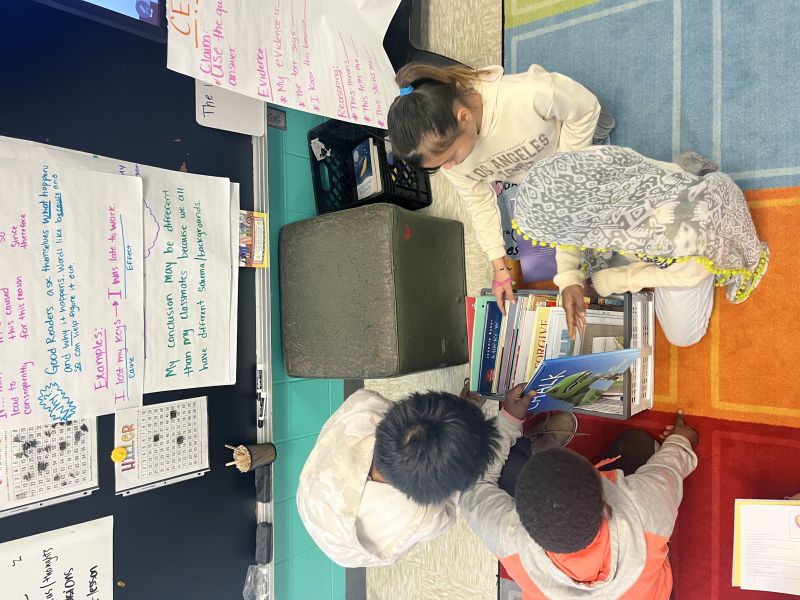
Wordless Picture Books: Bring Life to Language
My project’s purpose is to give English Learners (ELs) access to text through wordless picture books. The goal of using these books in our class and school is to engage students who are multilingual in our classrooms. Students may work on their language skills as well as reading and writing skills…
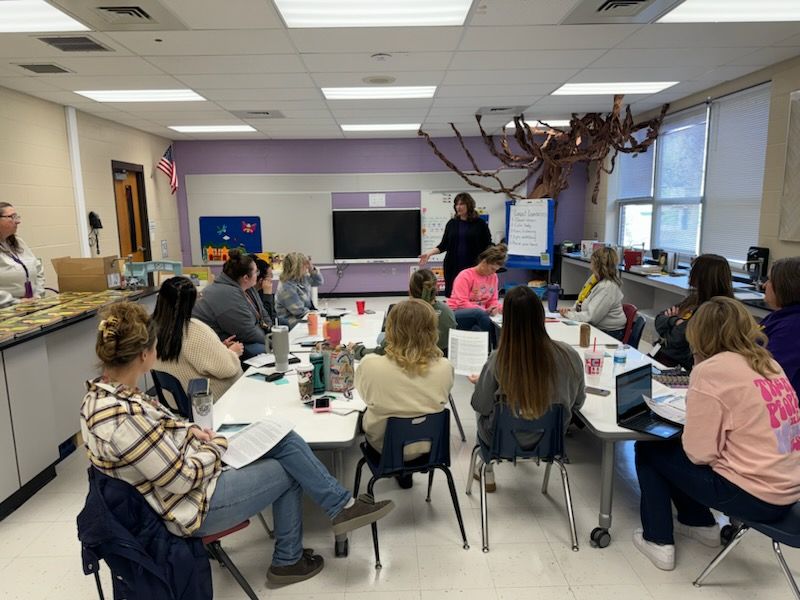
Developing a Culturally and Linguistically Responsive School: Professional Development to Highlight Assets ELs Bring to the Classroom
The Monett R-1 School District serves a large population of English Learner (EL) students; out of 2,346 students, 48% identify as a minority. Many students come from low socio-economic backgrounds and have minimal literacy exposure. About half of the students in each Monett classroom are ELs, and…
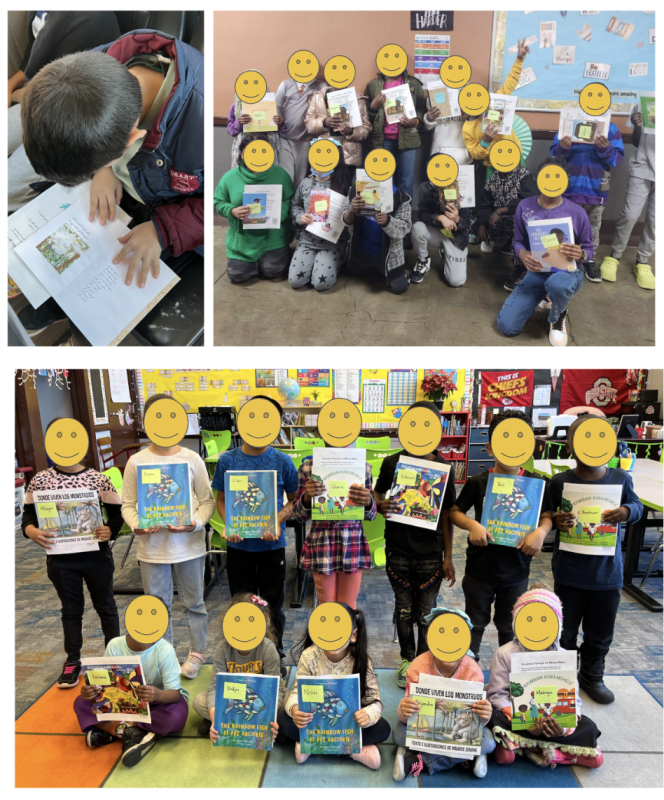
Home Language Reading Skills: Creating Routines for Literacy at Home
As many refugee and immigrant families arrive in America, their focus on language and literacy often shifts exclusively to the English language. Multilingualism is a strength, and it is important that our families maintain their home language literacy skills in conjunction with their English…
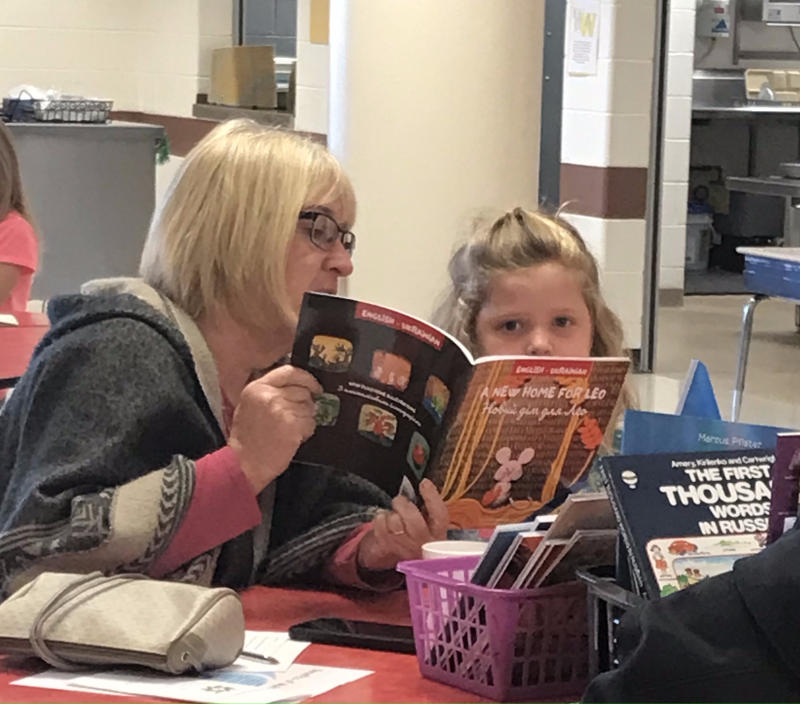
Biliteracy Breakfast: Promoting Multilingual and Multicultural Literature in a Casual Setting
Many multilingual families forgo maintaining literacy in their heritage language in the pursuit of English. It is important to highlight the value and benefits of continuing the development of home languages. By inviting students and families to read together and explore literature and language, we…
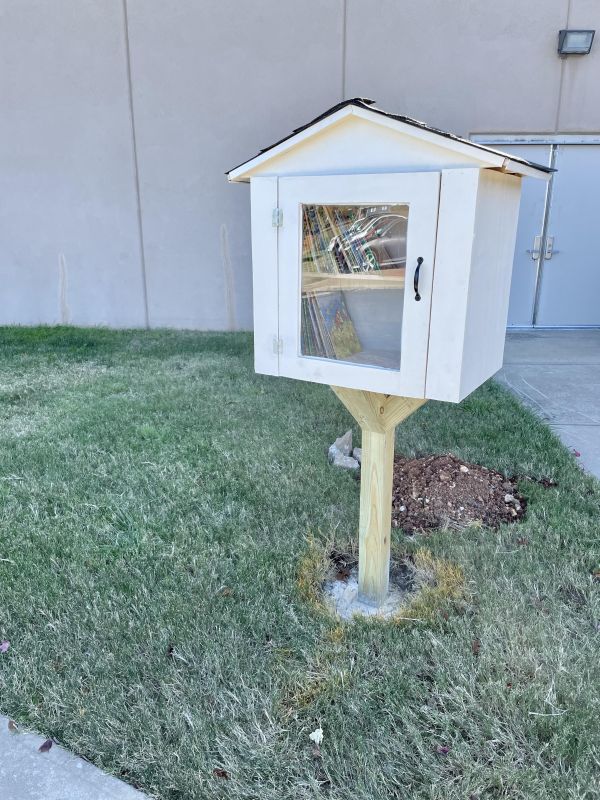
Our Little Library: Using Little Lending Libraries to Meet Multilingual Needs
Many families of English Learners (ELs) are not able to read books from school with their child or help with homework because of the language barrier. Since some families believe they are unable to help their children with English and/or homework, they can become very disconnected from their child…
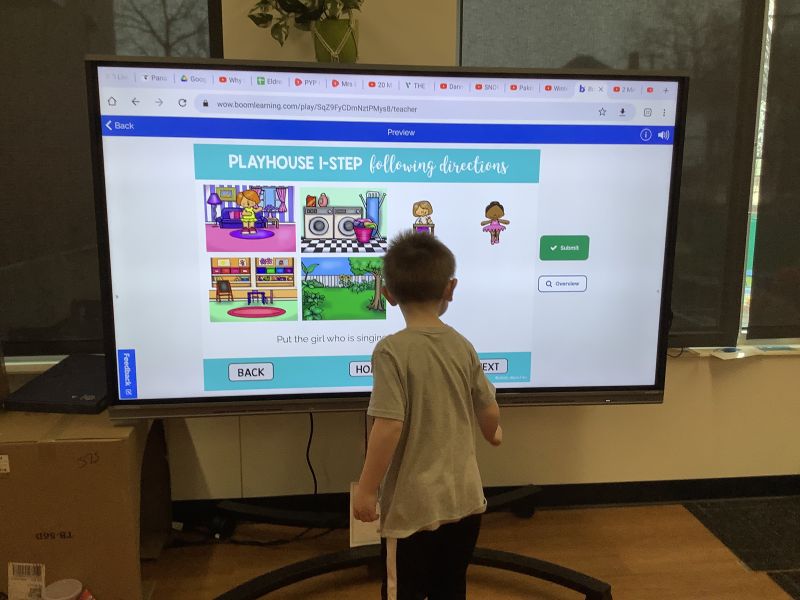
Rounding Up Resources: Helping Early Childhood Teachers Meet Multilingual Learner Needs
There are many resources available to support educators of English Learners (ELs), however, having access to those materials isn’t always easy. One cannot overstate the value of having resources available for teachers. We know that “without specific knowledge related to language development, even…
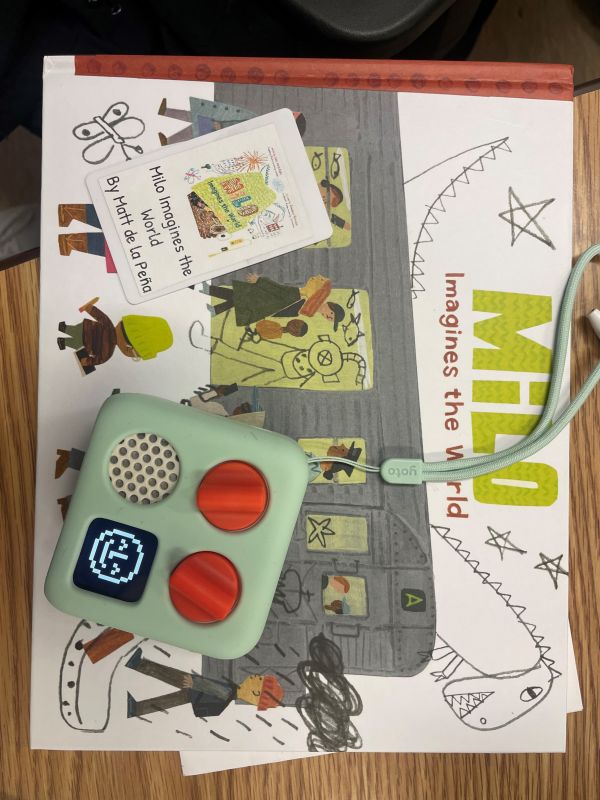
Multilingual Listening Library: Using Yoto audio players to support all students
Three second-grade classrooms offered their students access to a multilingual listening library. The main objective of this project was to promote the use of home languages and encourage English language acquisition.This project had two primary goals:To provide students with frequent access to…
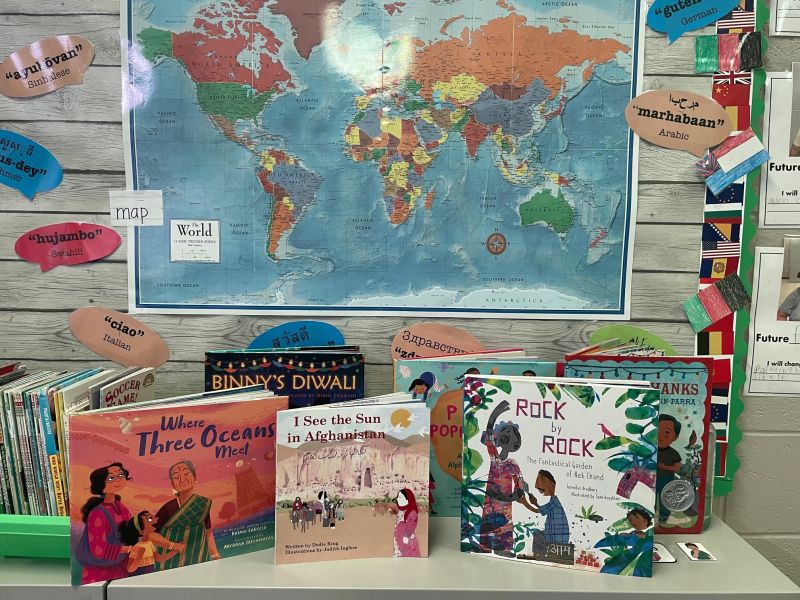
Around the World: Family Literacy Night
Around the World Family Literacy night is a project designed to highlight differences in culture and build literacy skills. As an EL teacher in my district, I understand the importance of creating opportunities for our students and families to learn about other cultures within our school community.…
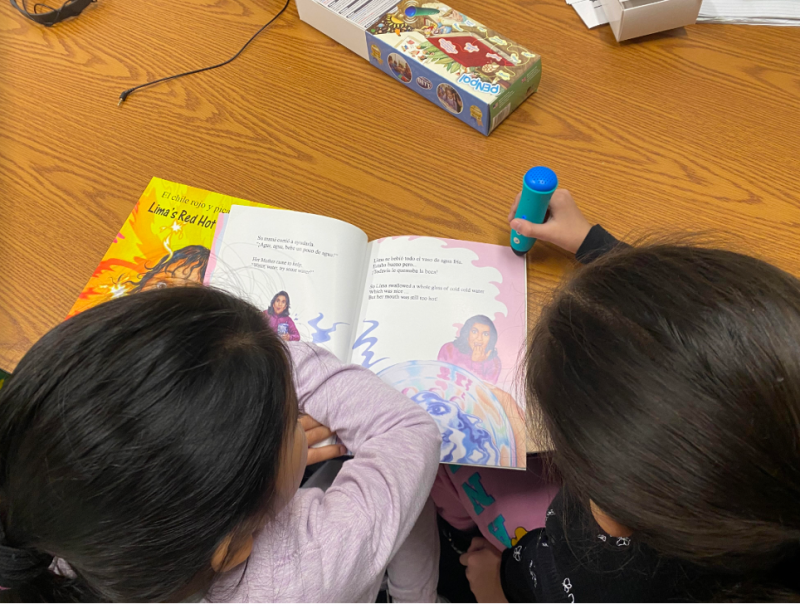
Home-to-School Literacy Project: Increasing family literacy with bilingual resources
Family literacy activities are essential for student academic success in school. The Home-School Literacy Project equips students and parents with bilingual activities, books, and resources to support their literacy skills. Families participate in a literacy night to share their own experiences and…
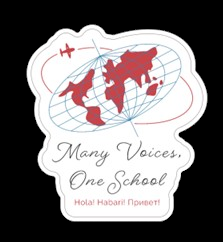
Many Voices, One School: Using QR codes to give ELs a voice
Many of our students come to us from various countries, backgrounds, and cultural experiences. While some families bring educational experiences from their home countries before relocating to the United States, others, particularly our newcomers, may not have a strong literacy background or history…
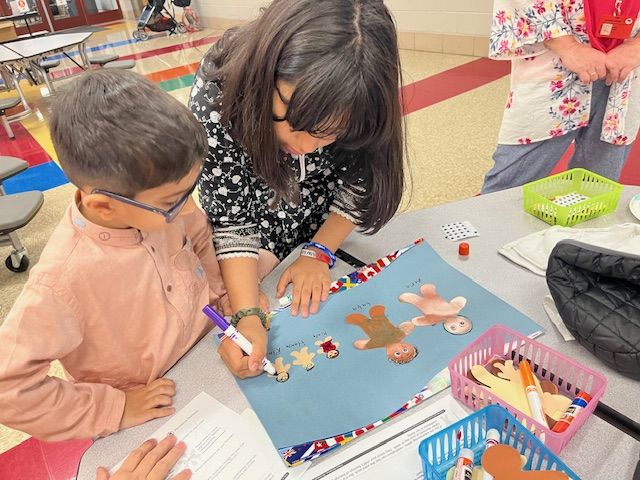
A Multicultural Pirate’s Reading Night
Our school mascot is a pirate. My project, A Multicultural Pirate’s Reading Night, was an event in which multicultural families who have children enrolled in Preschool or Kindergarten were invited to learn about the importance of promoting literacy in their first language as well as English. The…
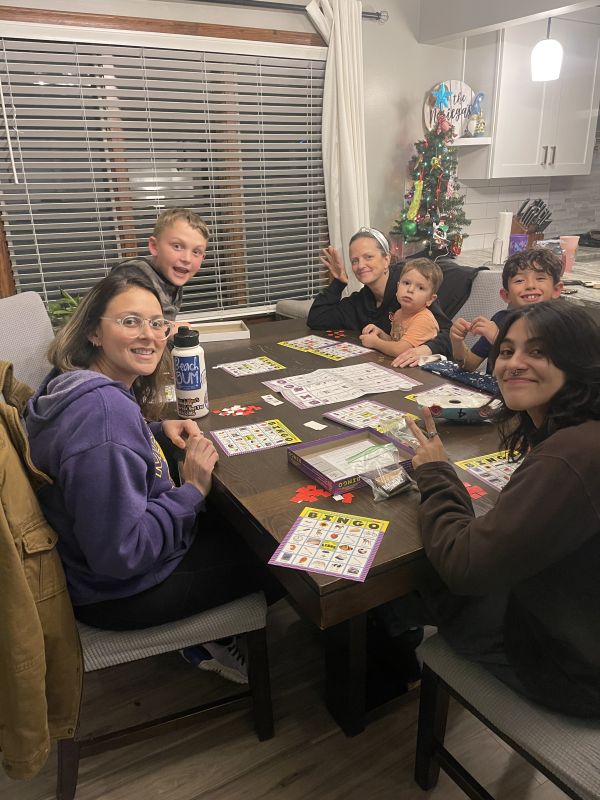
Promoting Family Conversations in Multiple Languages
There is a need for deep conversation, even at a first-grade level. The purpose of the project is to promote conversations between students and their families via play, read-alouds, and everyday activities through literacy kits that students can check out. The kits include books, phonics games,…
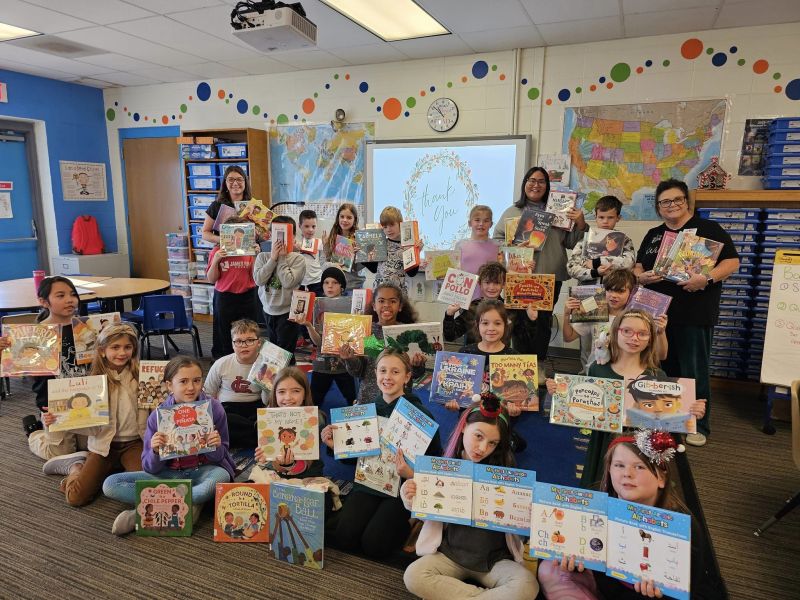
Celebrating Multilingual Magic: Nurturing the Social and Emotional Well-being of ELs
Wanda Gray Elementary stands as a cornerstone for education in Springfield, Missouri, providing a nurturing space for a diverse student population. Currently hosting 483 students weekly, with 29 benefiting from English Language Development (ELD) services and speaking languages other than English at…

A World of Languages in Our Classroom: Celebrating cultural diversity with guest readers
As a model language-rich classroom in my district, it is my goal to provide a comfortable, interactive environment for our multilingual students and their families. When students see their native language in books, posters, and through multimedia presentations they feel valued and have a sense of…
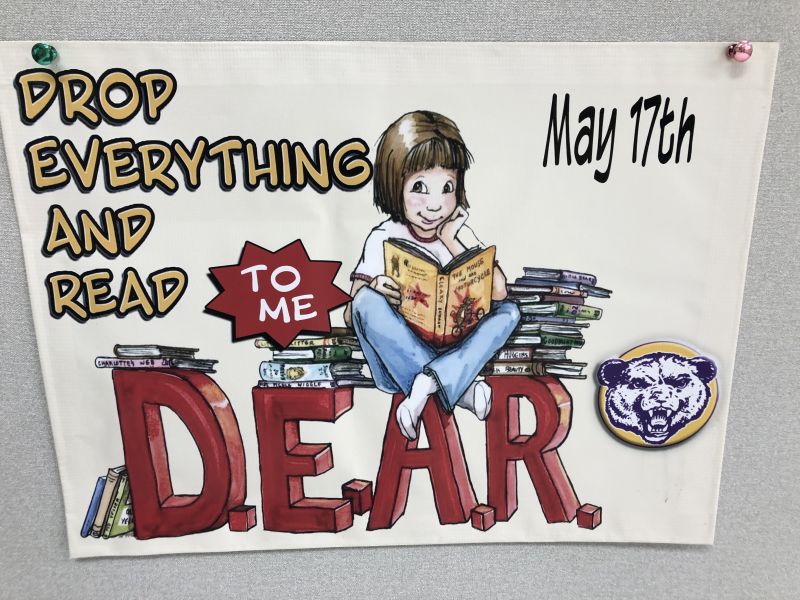
DEAR to Me: Fostering biliteracy through middle school mentors
DEAR to Me stands for Drop Everything and Read to Me and that is exactly what happened at the Monett Early Childhood Center.DEAR to Me is a special time for Middle School students to come and read in small groups. Our kindergarten students got to hear books read to them in English, Spanish and…
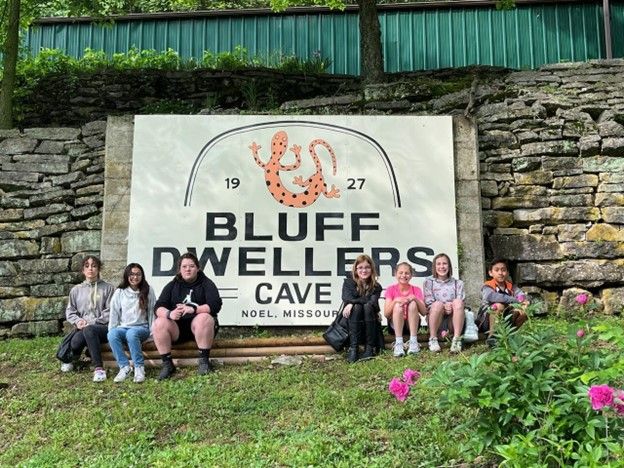
Dig Into Reading: Promoting students reading 15 minutes daily in school and at home
Through the Dig Into Reading multiliteracy project, we have created a culture of reading within our school and are continuing to promote reading engagement at home. We have been able to provide multilingual literacy resources and encouragement to enhance students' reading in their preferred…
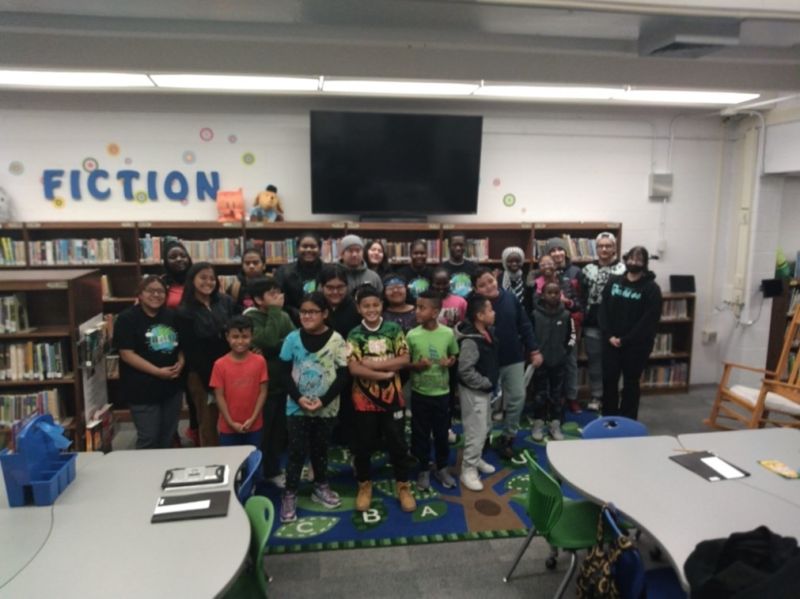
HELLO! HOLA! XIN CHÁO! BONJOU! HALO! Connecting high school and elementary ELs
As the population of English learners (ELs) continues to grow in our community, students can utilize their home language as a means to develop second language skills. The ELL Outreach Program brings together students of different ages yet similar cultures and languages to improve their English…
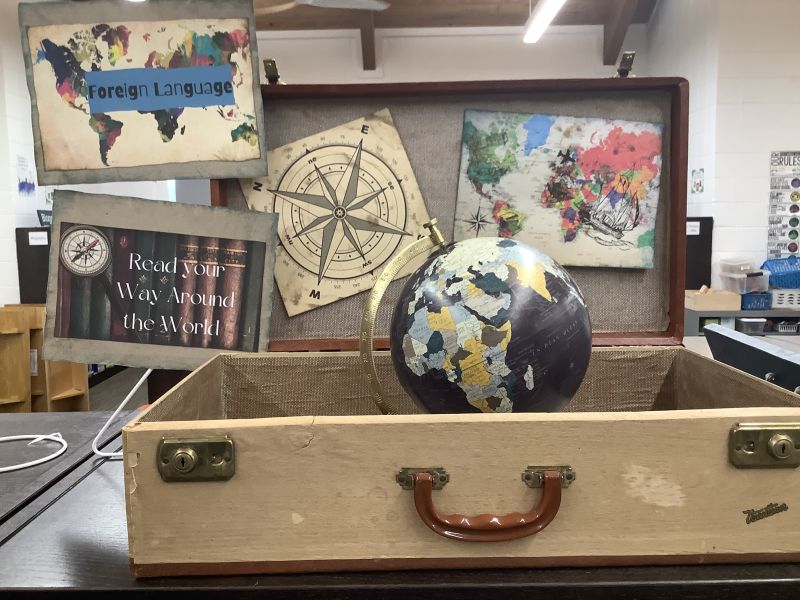
Many Languages, One Shelf: The Building Bilingual Book Section Project
This project allows English learners the opportunity to check out materials that represent diverse cultures and languages. Most materials are bilingual and include English translations on the same page. These resources promote and maintain ELs’ home languages and build English proficiency. As a…
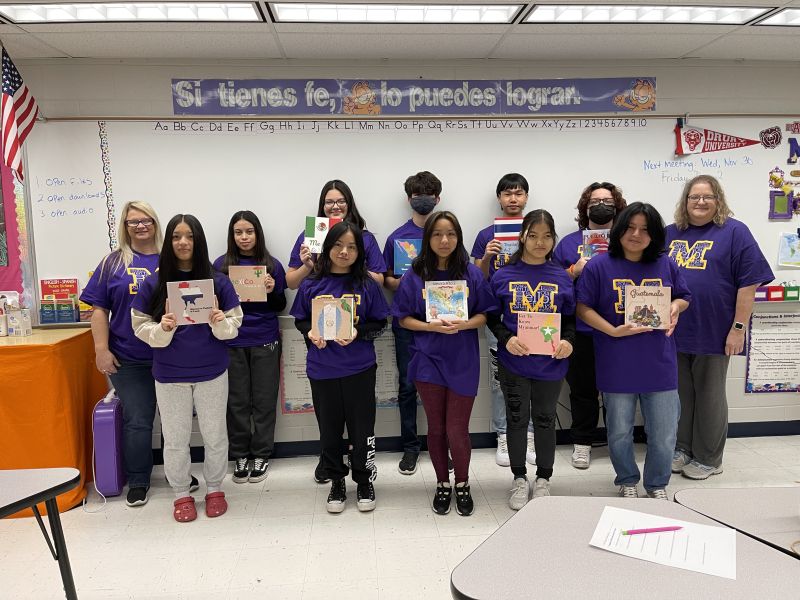
Our Cultural Heritage: Students create a bilingual alphabet book of their home country with family assistance
Our Cultural Heritage is a project designed for students and families to work, share, and learn together. This project is designed for students to practice various reading, writing, and speaking skills to create an alphabet book about their families’ home countries. Using a digital online book…
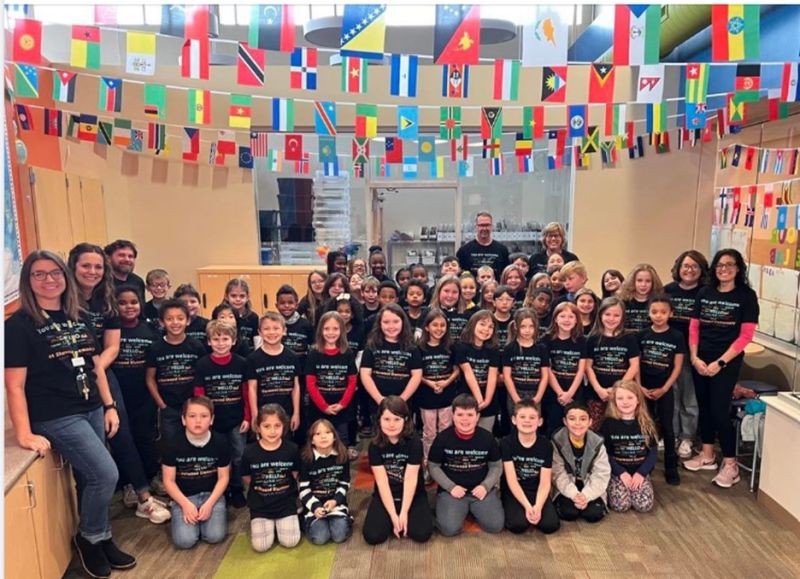
Language Clubs: Promoting cultural diversity and biliteracy
The students in our school come to us from many different backgrounds and cultural experiences. As educators, it’s our job to make all students feel welcomed and safe at our school and in our classrooms. Promoting and valuing the first language helps English learners and bilingual children feel more…
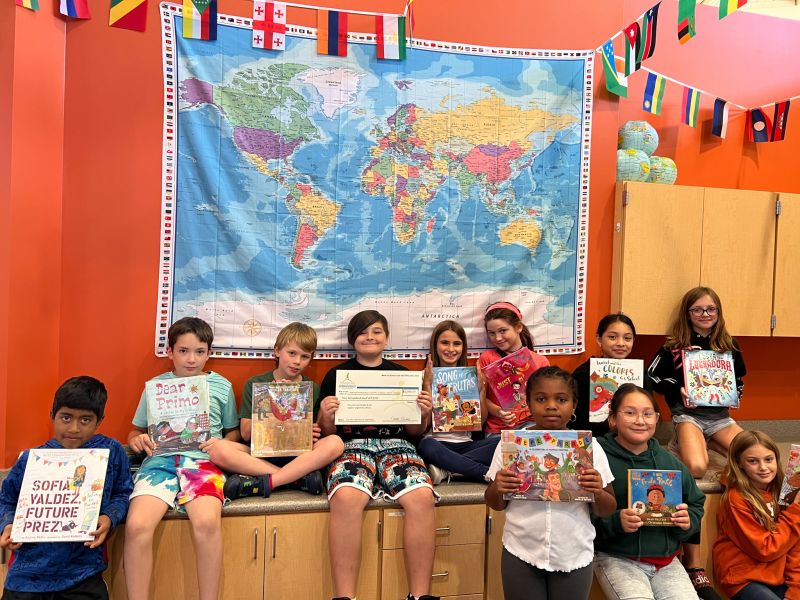
Welcome to Our Language Lab
How can we make our schools more welcoming, accepting, and engaging for our students and families joining us from other places around the world? With a Language Lab!

Multilingual Garden Unit
A community garden not only adds beauty to a school but also instills pride in the students that help build it. By utilizing best practices that teach English Learners (ELs), students explored how to design a garden.
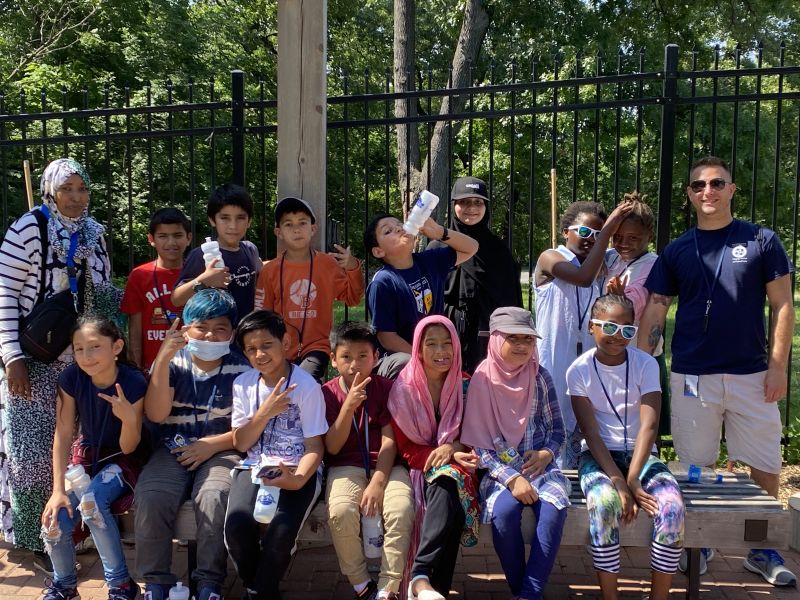
Multilingual Story Garden
A community garden not only adds beauty to a school but also instills pride in the students that help build it. By utilizing best practices for English learners (ELs), students visited a local community garden in the city to learn about gardening and sustainability. They also participated in a story…
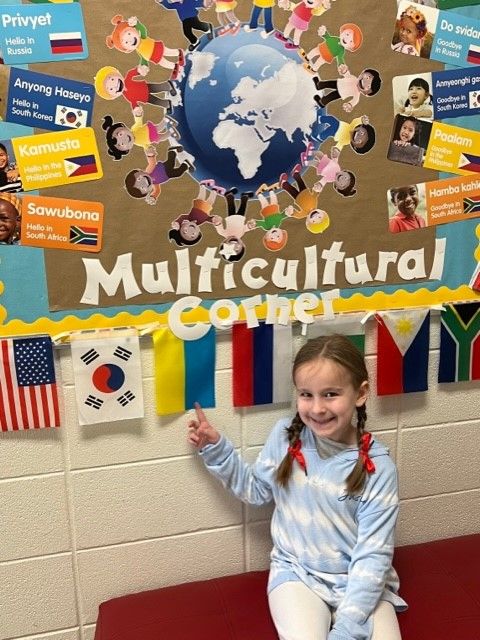
Multicultural Newsletter
The multicultural newsletter aims build connections with multilingual families by getting to know them and by introducing them to the school community. Amber Troye shares her protocol and experiences that can help educators deepen their knowledge about multilingual learners’ home cultures,…

Family Literacy Night
The Family Literacy Night project involves caregivers in the life of an elementary school. In preparation for the event, reading buddies in kindergarten and 4th grade partner to read multicultural books; they also learn to tell wordless picture books and author their own.
Read the full blueprint.
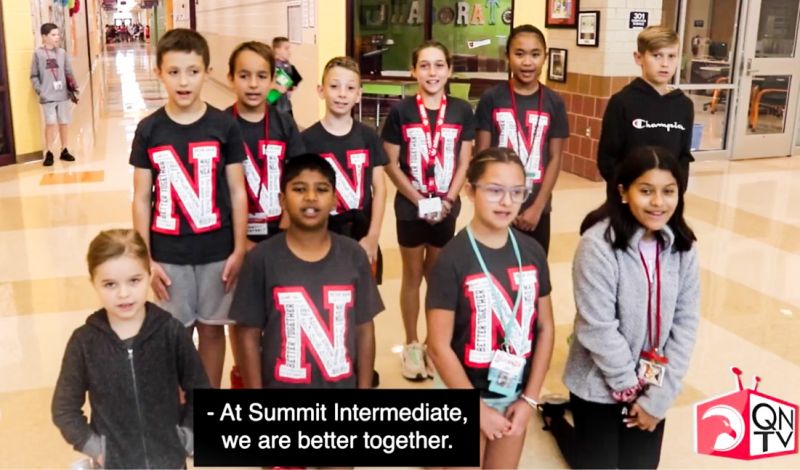
Better Together Unit in Nixa Public Schools
Kara Griffin at Summit Intermediate in Nixa Public Schools presents the blueprint of a project that aimed to welcome new families and unite the school around exploring the home cultures and languages of the students who attend. The project contributed a multilingual collection to the school library…
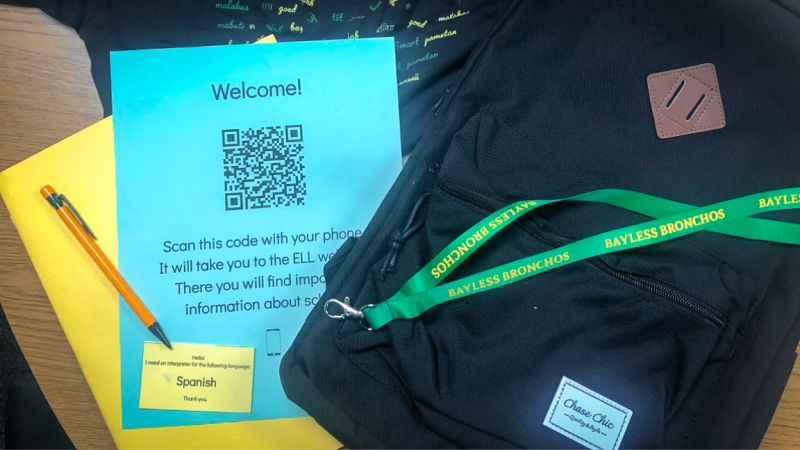
Newcomer Welcome Kits
Sarah Reeves at Bayless School District in St. Louis, Missouri describes her school's activities that aimed at creating a welcoming environment for newcomer refugee families by supplying them with useful items in a thoughtfully assembled backpack.
Read the full blueprint.
